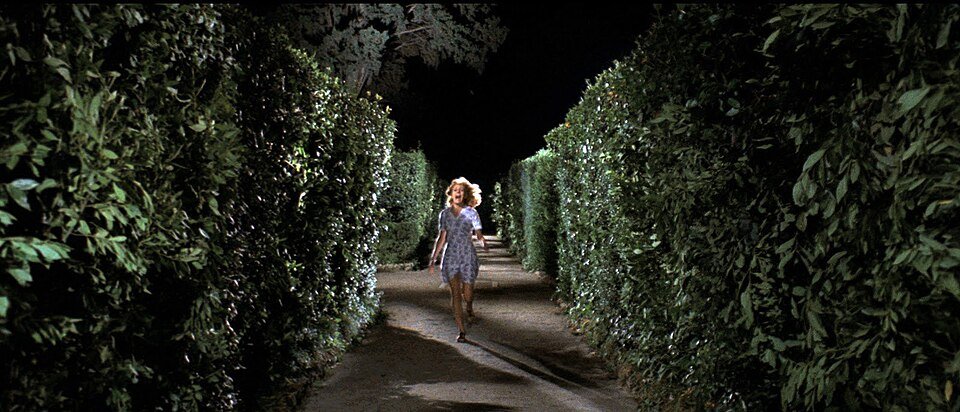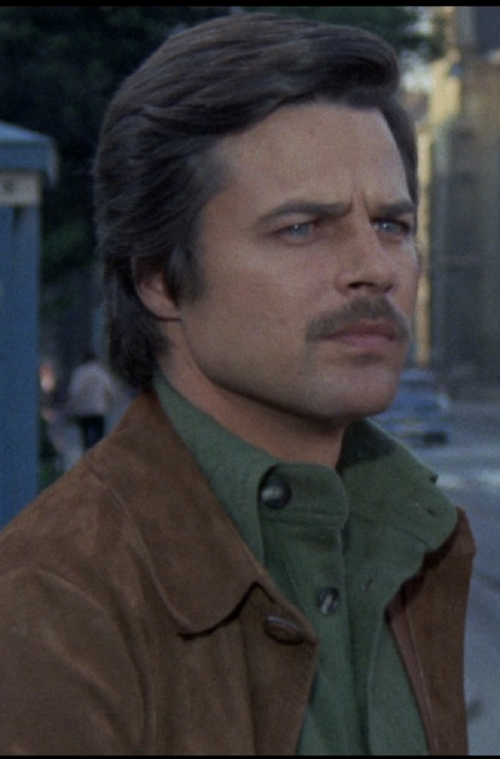Four flies on grey velvet – Dario Argento, 1971
Four flies on grey velvet (V.O. 4 mosche di velluto grigio) Italy, 1971 Director: Dario Argento Script: Dario Argento, Luigi Cozzi, Mario Foglietti, Giorgio Piferi Cast: Michael Brandon (Roberto Tobias), Mimsy Farmer (Nina), Jean-Pierre Marielle (Gianni Arrosio), Marisa Fabbri (Amelia), Oreste Lionello (Profesor), Francine Racette (Dalia), Bud Spencer (Diomede) Music: …



